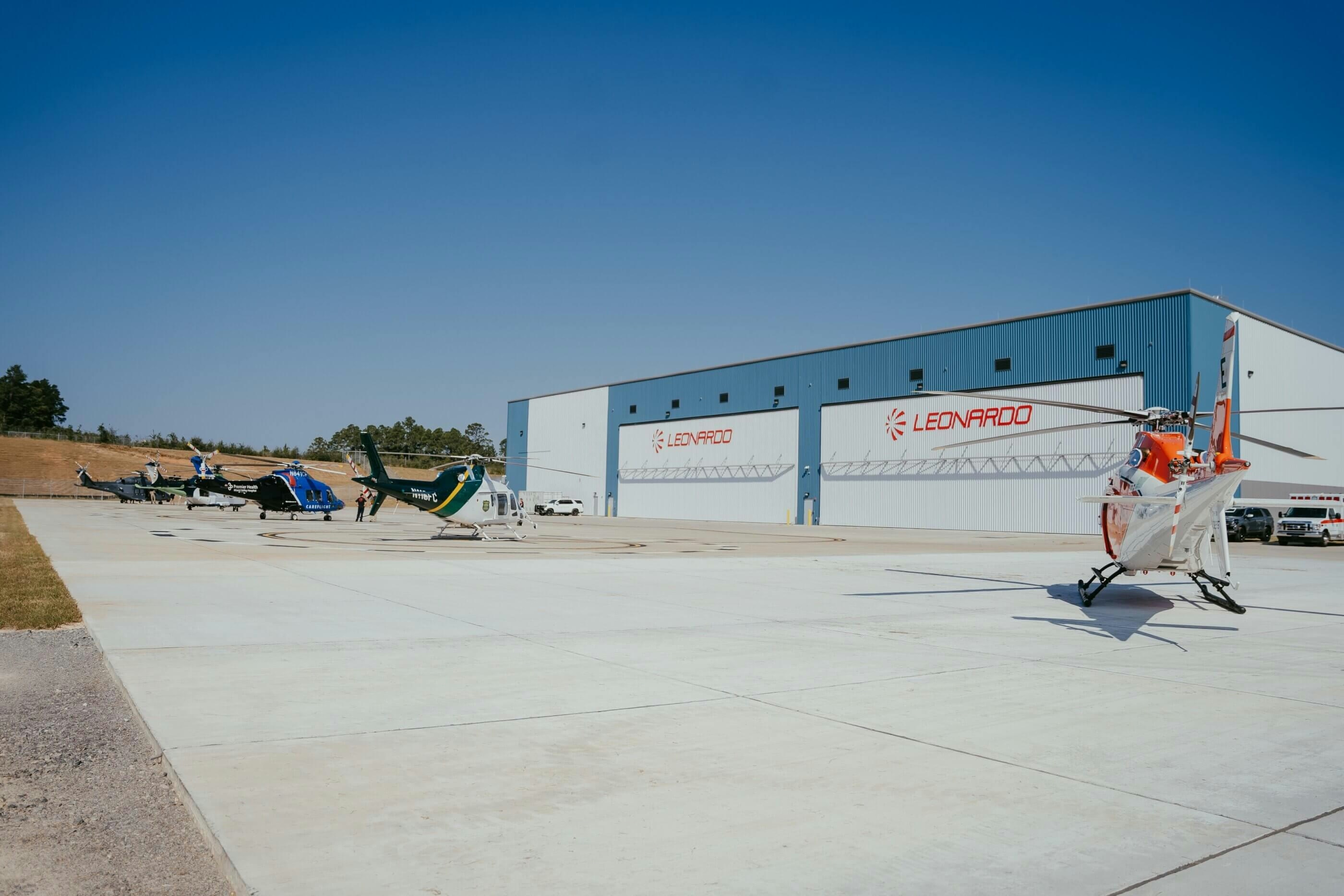
AeroGenie: il tuo copilota intelligente.
Tendenze
Categories
Akasa Air Prepares for International Expansion with New Boeing Deliveries and Delhi Routes
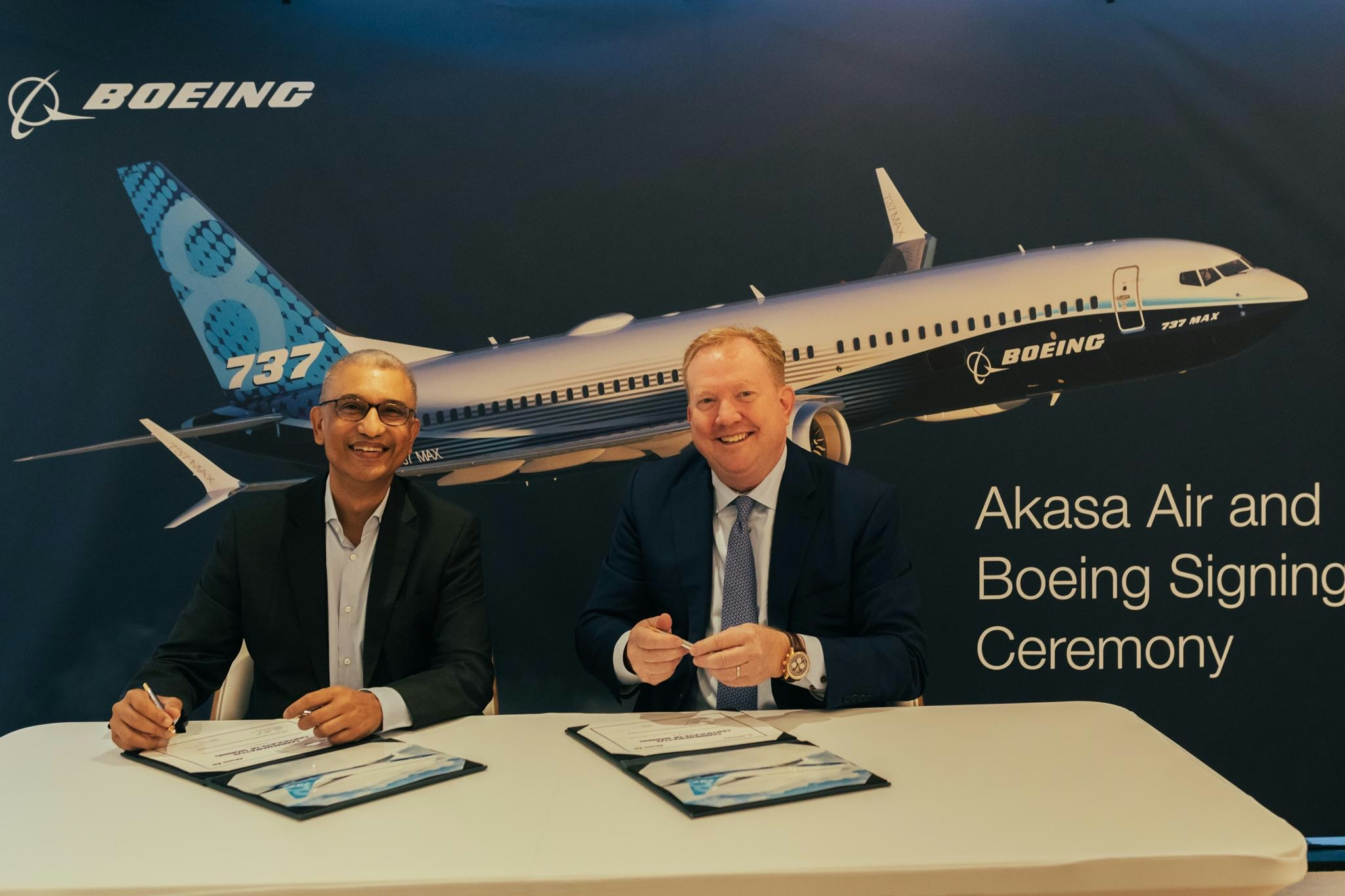
Akasa Air Prepares for International Expansion with New Boeing Deliveries and Delhi Routes
Akasa Air, India’s newest airline, is embarking on an ambitious international expansion strategy, focusing on launching new overseas routes from New Delhi and accelerating the delivery of its Boeing aircraft. Since commencing operations in August 2022, the carrier has swiftly established a significant presence in the domestic market, currently operating a fleet of 30 aircraft serving 24 domestic and six international destinations.
Expanding International Footprint from Delhi
The airline’s forthcoming growth phase centers on expanding its international departures from the national capital. Praveen Iyer, Co-Founder and Chief Commercial Officer of Akasa Air, recently announced plans to introduce flights from Delhi to several new overseas destinations. Already operating 24 daily flights from Delhi, the airline is targeting routes to Singapore, Uzbekistan, Indonesia, Vietnam, and Tashkent. This expansion aims to meet the rising demand among both business and leisure travelers, thereby strengthening Akasa Air’s regional presence and broadening its customer base.
Currently, Akasa Air’s international network includes destinations such as Doha, Jeddah, Riyadh, Abu Dhabi, Kuwait City, and Phuket. The addition of new routes is expected to enhance the airline’s connectivity and competitive positioning in the region.
Navigating Industry Challenges and Supply Chain Constraints
Akasa Air’s expansion plans unfold amid a challenging environment for the Indian aviation sector. Central to its growth strategy is a substantial order of 226 Boeing 737 MAX aircraft, selected for their fuel efficiency and cost-effectiveness. However, the airline has faced delays in aircraft deliveries due to global supply chain disruptions and production bottlenecks, issues that have affected the aviation industry worldwide since the onset of the COVID-19 pandemic. Boeing has recently increased production rates, and Akasa Air anticipates an accelerated pace of aircraft arrivals in the near term.
Beyond supply chain challenges, the airline must also navigate broader industry constraints, including limited airport capacity, restrictive bilateral flying rights, and a shortage of skilled aviation professionals in the post-pandemic period. These factors could influence the speed and scale of Akasa Air’s international expansion.
Competitive Landscape and Market Dynamics
Akasa Air’s international ambitions are unfolding within a highly competitive market. Established carriers have responded with their own growth initiatives. IndiGo, India’s largest airline, is expanding its international network through a codeshare agreement with China Southern Airlines and is accelerating its long-haul expansion by introducing Airbus A321XLR aircraft. Concurrently, the Indian aviation sector is undergoing further transformation, exemplified by Hindustan Aeronautics Ltd’s partnership with Russia to manufacture SJ-100 jets domestically. This development has the potential to alter the competitive dynamics between Boeing and Airbus in the region.
Commitment to Affordability and Operational Efficiency
Despite these challenges, Akasa Air remains steadfast in its commitment to affordability and operational efficiency. The airline continues to balance competitive pricing with high load factors, striving to provide accessible travel options without compromising service quality.
As Akasa Air advances into its next phase of growth, its capacity to manage industry headwinds and respond effectively to competitive pressures will be pivotal in shaping its success on the international stage.
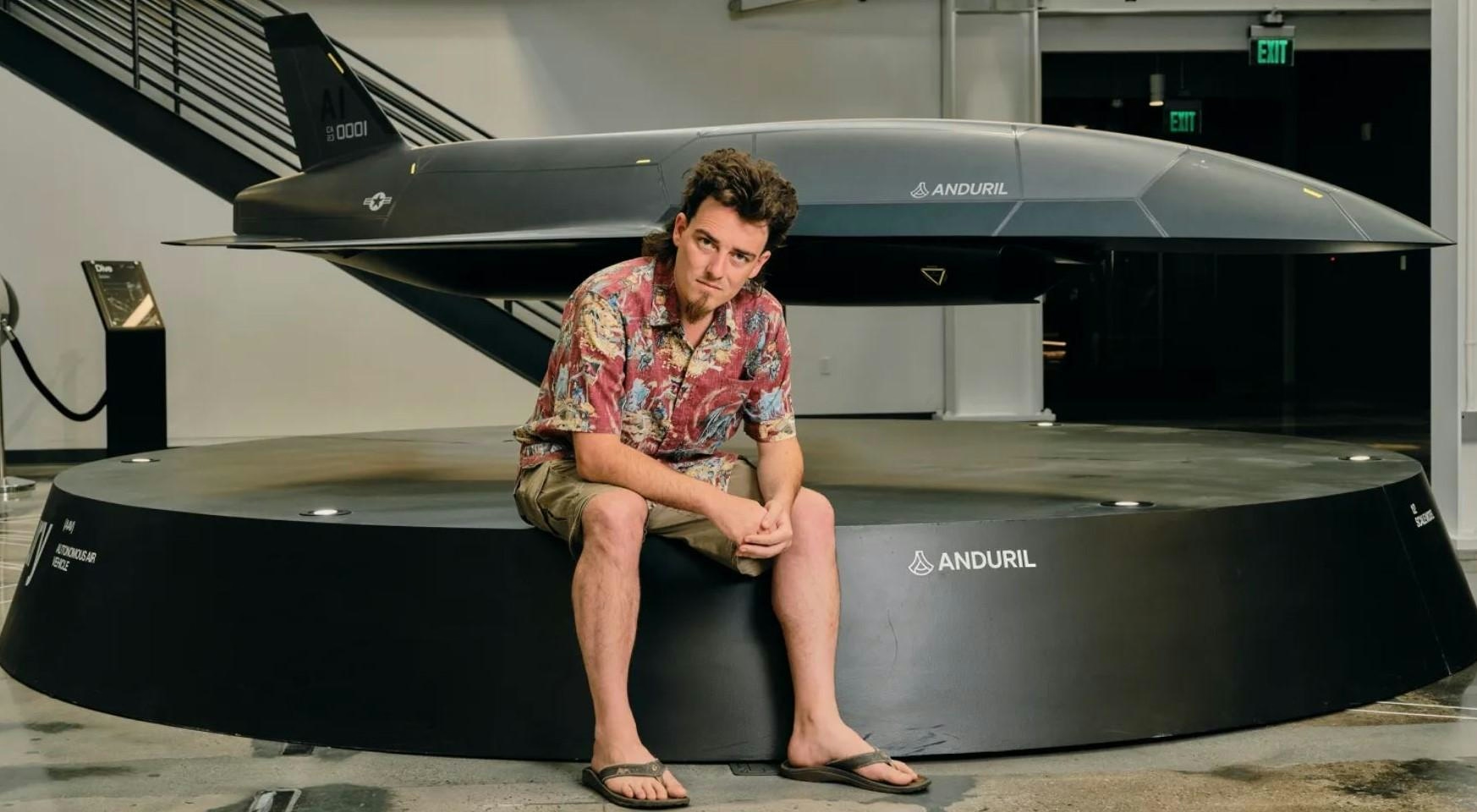
‘Fury’: The AI-Driven Drone Transforming U.S. Military Aviation

Amperity’s AI Enhances Personalization in Travel for Hotels and Airlines
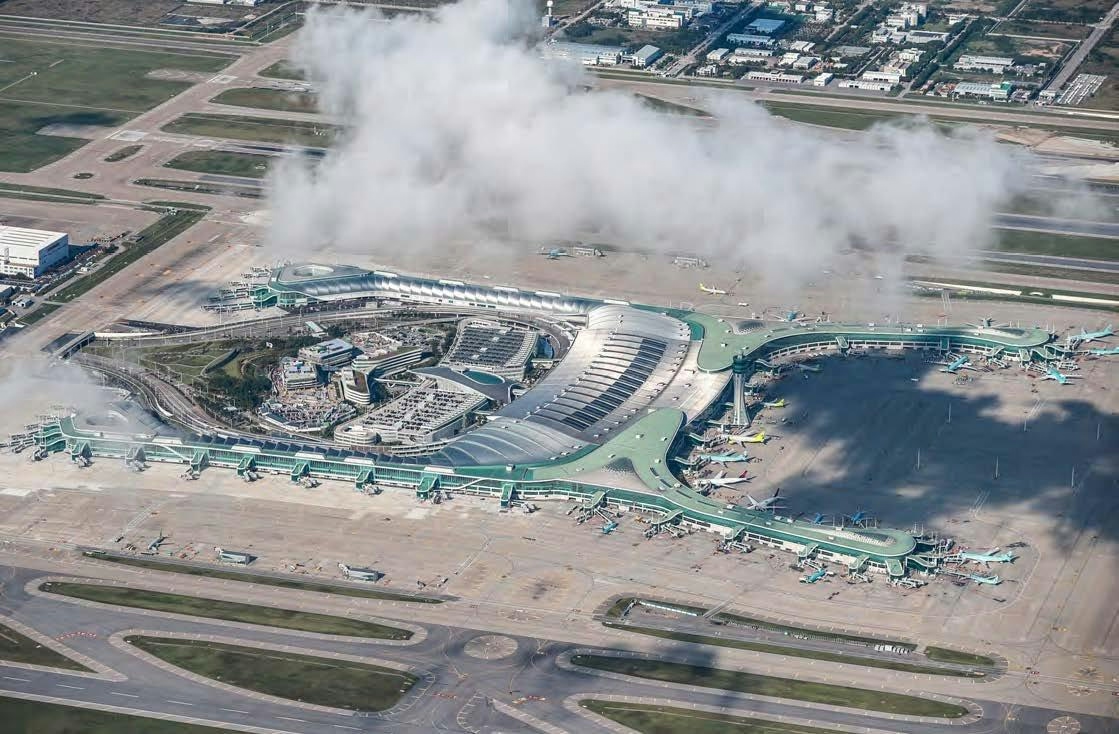
Incheon Airport Seeks Operator for Aviation AI Innovation Hub

Flat-Wing Aircraft Poised to Transform Aviation and Reduce Emissions
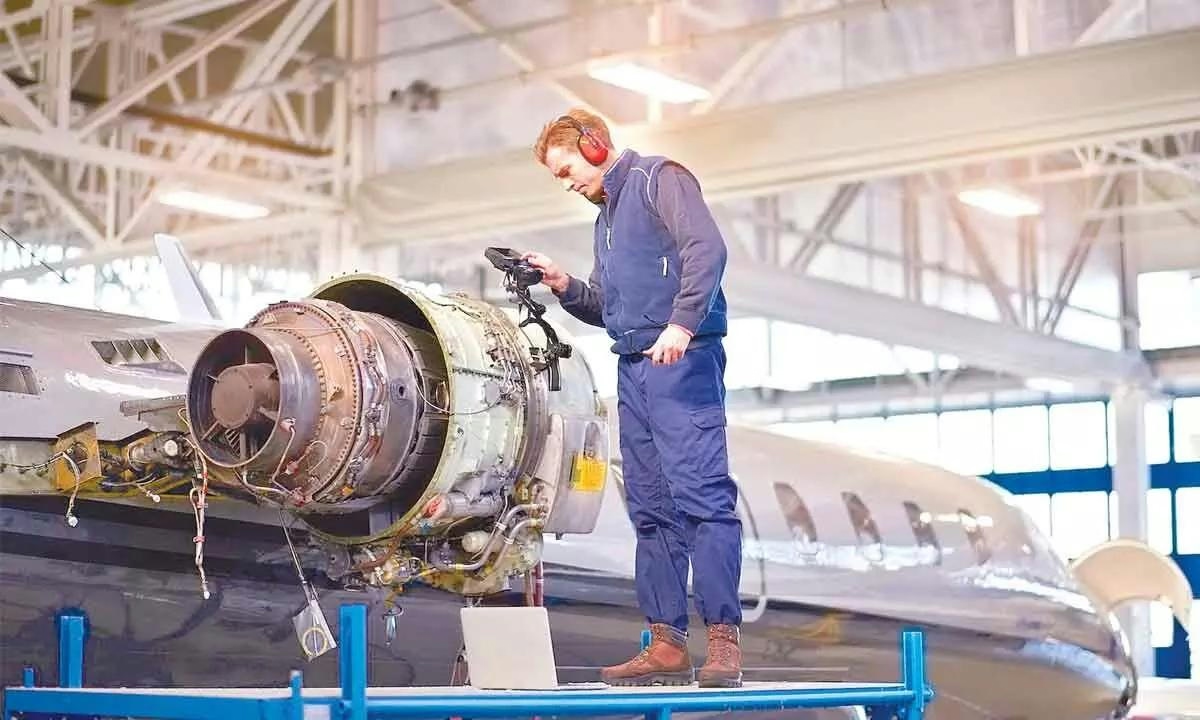
An Aerospace Engineer on Why Software Must Meet Space-Grade Standards
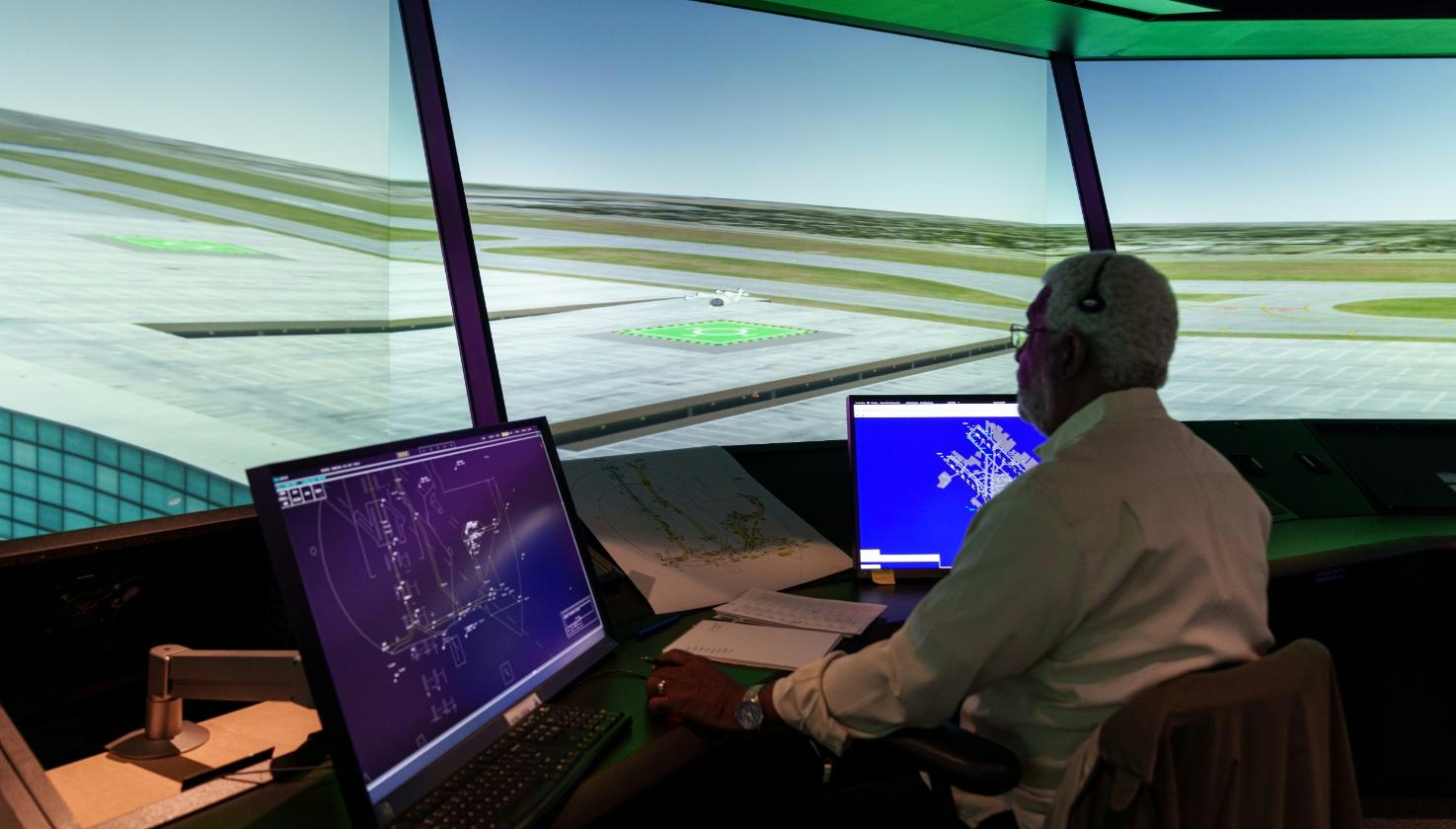
University of Bristol and Skyportz Collaborate on Air Taxi Vertipad Noise Study
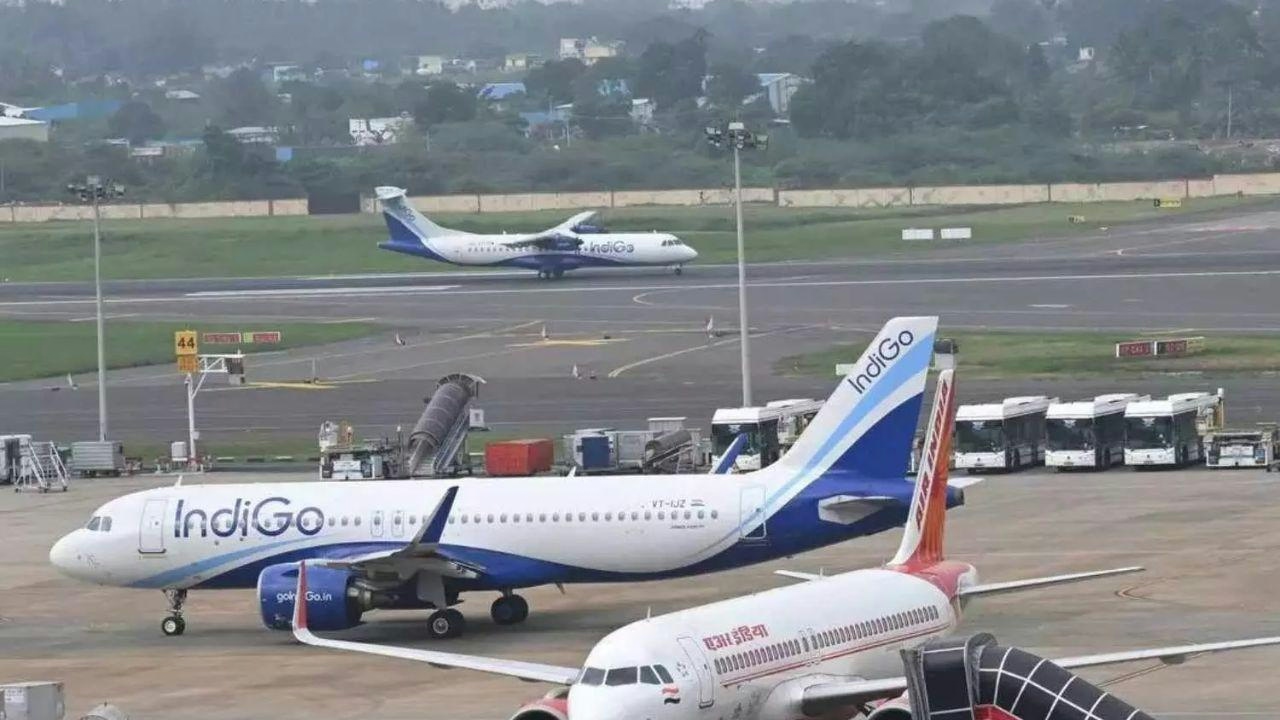
Bomb Threat Targets IGIA and Four Other Indian Airports; AI Express Flight Evacuated
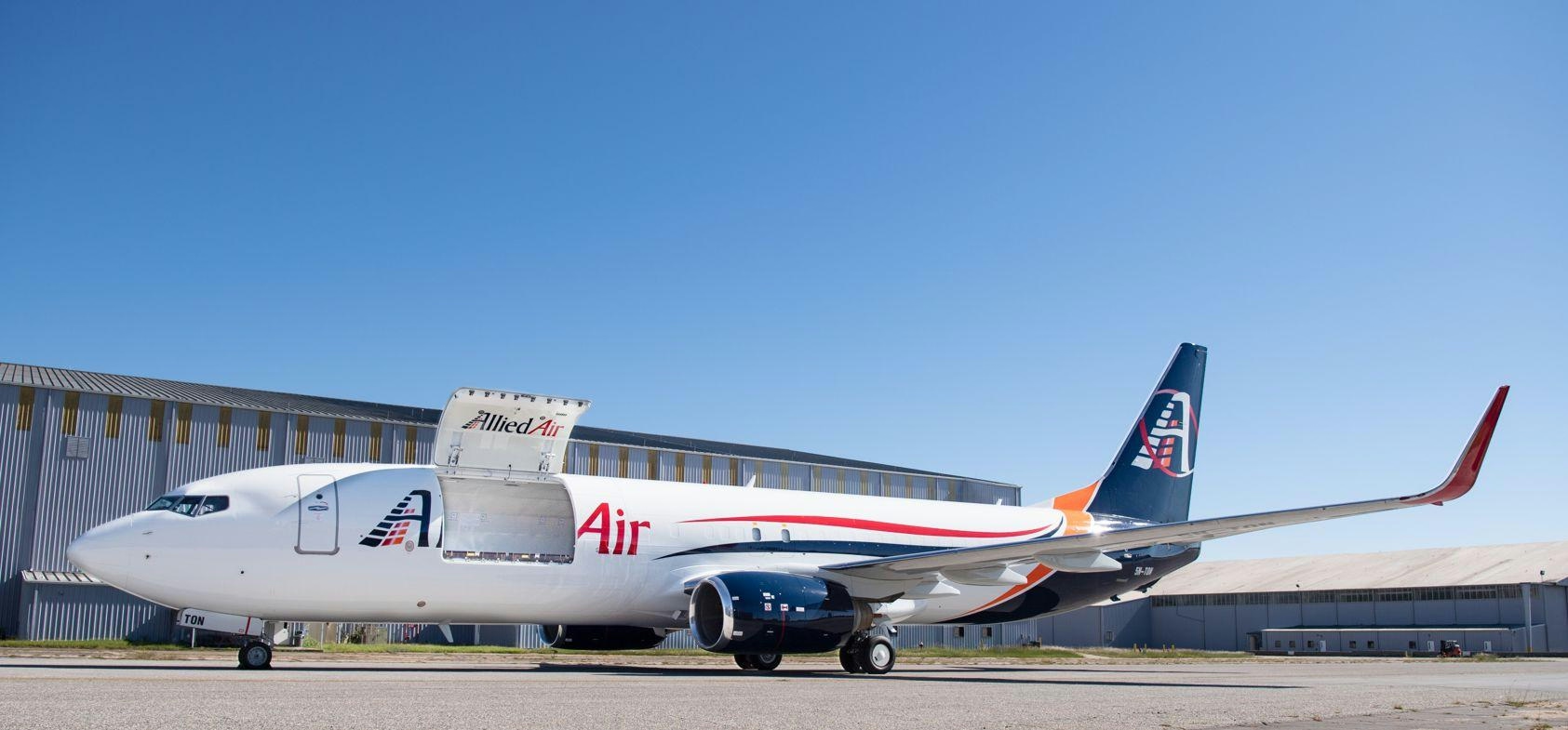
Titan Aviation Leasing Sells Two Boeing 737-800SF Aircraft to ST Engineering
Aviation Capital Group Reports Third-Quarter 2025 Financial Results
